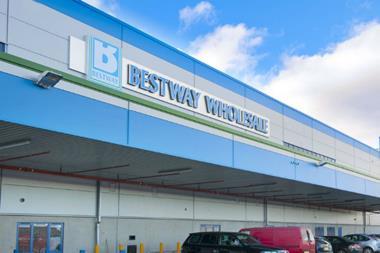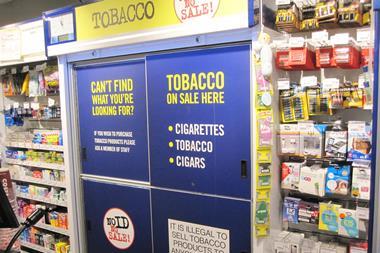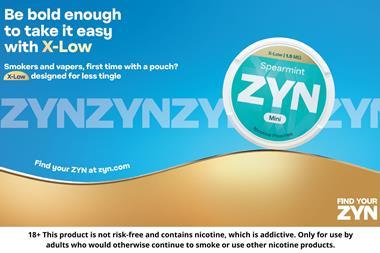'Track and trace' tobacco legislation to impact retailers

Tobacco retailers will have to apply for unique codes before they will be able to order tobacco stock under new ’track and trace’ tobacco controls, designed to help curb the illicit trade.
ALREADY HAVE A REGISTERED USER ACCOUNT? PLEASE LOG IN HERE
To read the full story join the ConvenienceStore.co.uk community today!
Registration is quick and easy and provides access to:
- Unlimited ConvenienceStore.co.uk articles
- Our great range of newsletters
- Content you’ve saved for later via the ‘my library’ feature
And much more…































